Sylamore WMA’s attractions include more than prevalent turkey, deer
BY Jim Harris
ON 04-07-2021
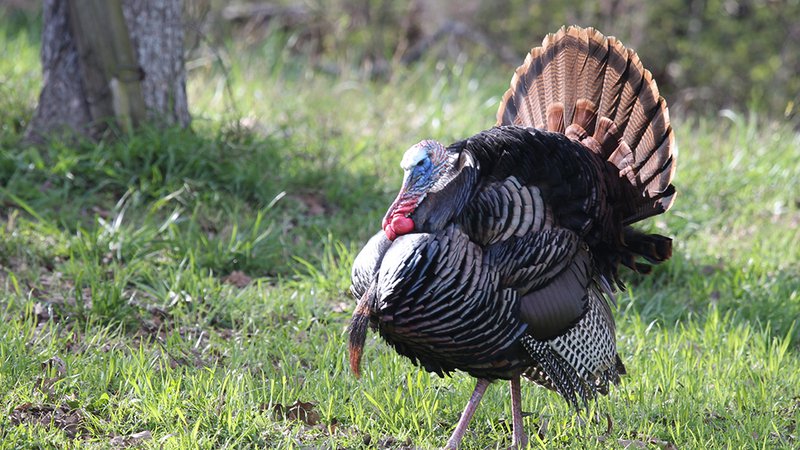
April 7, 2021
Jim Harris
Managing Editor Arkansas Wildlife Magazine
FIFTY-SIX – When deer are in season for muzzleloaders or modern-gun hunters, Arkansas Game and Fish Commission biologist Allen Cathey says, Sylamore Wildlife Management Area will have “folks everywhere, in every direction. You have to feel your way through.” It’s also a major destination for public turkey hunting in the spring as well, he notes; Sylamore WMA ranked fourth among the top five state WMAs for turkey harvest in 2020.
“Turkey and deer would be its strong points,” he says. “But there’s also a lot of recreation here.”Jeremy Wood, the AGFC’s Turkey Program Coordinator, says, “Sylamore WMA falls within the heart of the Ozark ecoregion in Arkansas. This particular area along the White River and bordering counties to the east have held the highest density of wild turkeys for the past several decades. The varied topography and mixture of pine and hardwood forest types with interspersed open land habitat and restricted access in places provide ideal habitat for wild turkeys.”
Sylamore WMA is within the Ozark-St. Francis National Forest. The Ozark Highlands Trail bisects the WMA, offering splendid hiking opportunities through the beautiful terrain of hardwoods, big hills and hollows. There are several trailheads throughout the area for hiking, as well as mountain biking. Horse riding enthusiasts will find available trails, too. The watchable wildlife opportunities abound with so much nature.
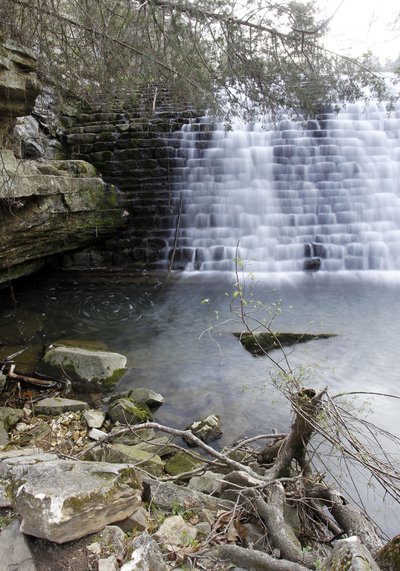
Shooters can hone their skills at a pistol and rifle range off Arkansas Highway 5 within the property, a project of the AGFC and the Forest Service.
Also within the boundary of Sylamore WMA has the famed Blanchard Springs Caverns, with campgrounds and available bathhouses to boot. Two other primitive camping sites are available in Gunner Pool and Barkshed, and campers can set up their own campsite throughout the WMA (though campers are asked to stay off food plots).
Bordering the WMA to the northeast is the White River, with four species of trout available from Norfork to Calico Rock and beyond. Mirror Lake, dammed up next to Blanchard Springs, has stocked rainbow trout. North Sylamore Creek, which runs through the area, is rarely high enough for any extended paddling due to its shoals, but there is smallmouth bass and other targets within its waters.
For those seeking the premier paddling excursion, the final 10 miles or so of the Buffalo National River are just beyond the WMA’s western border.
Just 5 miles south of the WMA (or 10 miles, if you take the longer way, Cathey says) is the mountain music mecca of Mountain View, home to the state-run Ozark Folk Center, which also offers lodging.
It’s hard to imagine an area with more nature and attractions to suit a plethora of users.
Cathey became the manager at Sylamore in 2009. He says that in the past eight or nine years, a woodlands restoration project there has addressed 90,000 acres, including gladework along the White River. The west side of the WMA is home to the Leatherwoods Wilderness Area, which is about 35,000 acres.
“It’s pretty easy to get around WMA, we’ve got a lot of good roads to get around,” Cathey said. “It’s pressured pretty well during those times of deer season with modern gun and muzzleloading, and turkey season, but throughout the rest of the year, it’s not that bad.”
The Sylamore area also has a good bear population, he says. But, while some bears are taken during the annual bear season on the WMA, more are taken on private land around the national forest outside the WMA, where it is legal to bait, he said. “Several will be taken by opportune take on the WMA, but it’s hard to hunt a bear up here without using bait,” Cathey said.
Late outdoors writer and former AGFC employee Joe Mosby compiled a history in the early 2000s about Sylamore, noting that the then-Sylamore District of the Ozark National Forest, later to be called Sylamore WMA when the AGFC began management of the wildlife with the Forest Service, was a key component in the restoration of deer in Arkansas just before World War II and continuing well into the 1960s. Experimentation and research with deer took place on a mountain tract just north of Mountain View, where biologists learned firsthand about deer, their habits, requirements and what changes in habitat could be made to improve the production of deer.
Mosby had noted how natural this area was for the work, as deer were prevalent on Sylamore since pioneer days, when part of the area was known as the Leatherwoods and venison was a major food source for residents.
Legend has it the name of Sylamore was taken from an American Indian chief that lived in the area. The area was purchased from local landowners by the U.S. Forest Service in 1908. Blanchard Springs Caverns was opened by the Forest Service in 1972, and Mountain View took off as a folk music magnet at about that time. Sylamore’s scenic beauty was as much a draw to the area as the hunting and wildlife opportunities. Deer, turkey, bear and squirrel continue as the “Big Four” of Sylamore wildlife. But the area offers so much more for everyone.
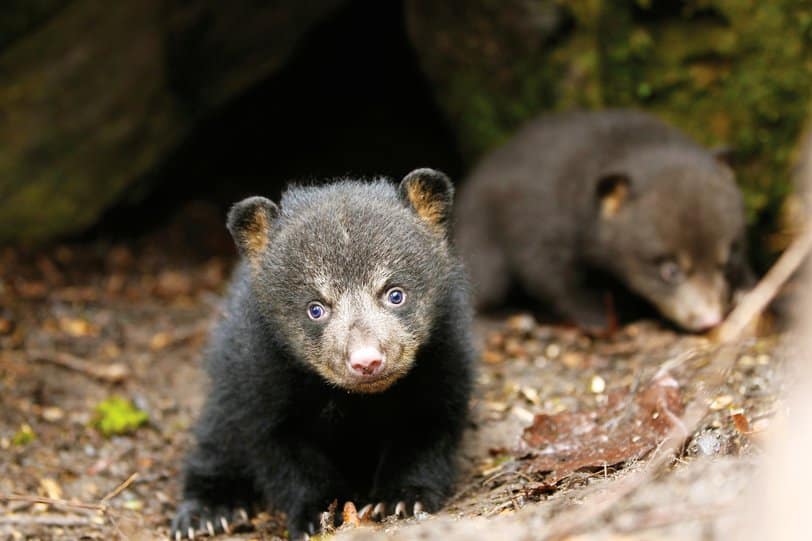
Location: Stone, Marion, Searcy and Baxter counties. Fifty-Six is within the WMA on its southern portion, while Big Flat on the southwest side, Norfork to the northeast and Calico Rock on the east are on its borders. The area sits between Mountain View, Mountain Home and Marshall. Access is by Arkansas Highways 14, 5 and 341.
Size: 170,000 acres.
History: Obtained by the U.S. Forest Service from private landowners in 1908. Managed cooperatively with the Game and Fish Commission and the National Park Service, which has land along the Buffalo River.
Wildlife: Deer, turkeys, bears, quail, doves, squirrels, rabbits. Resident and migrant songbirds, waterfowl and raptors.
Fish: White River has trout – rainbow, brown, cutthroat and brook. Mirror Lake at Blanchard Springs Caverns has rainbow trout. Buffalo River has largemouth bass, smallmouth bass, spotted bass, crappie, bream and catfish. North Sylamore Creek has smallmouth bass, largemouth bass, rock bass, bream and catfish.
Recreation: Popular with tourists and area residents for camping, wildlife watching, picnicking, hiking, horseback riding, mountain bike riding, hunting and fishing. Campgrounds at Blanchard Springs, Gunner Pool and Barkshed. Primitive camping in other locations. Rifle range on Arkansas Highway 5 on the eastern portion of the WMA. Blanchard Springs Caverns, operated by the U.S. Forest Service, is a major year-round tourist attraction.
Recent News
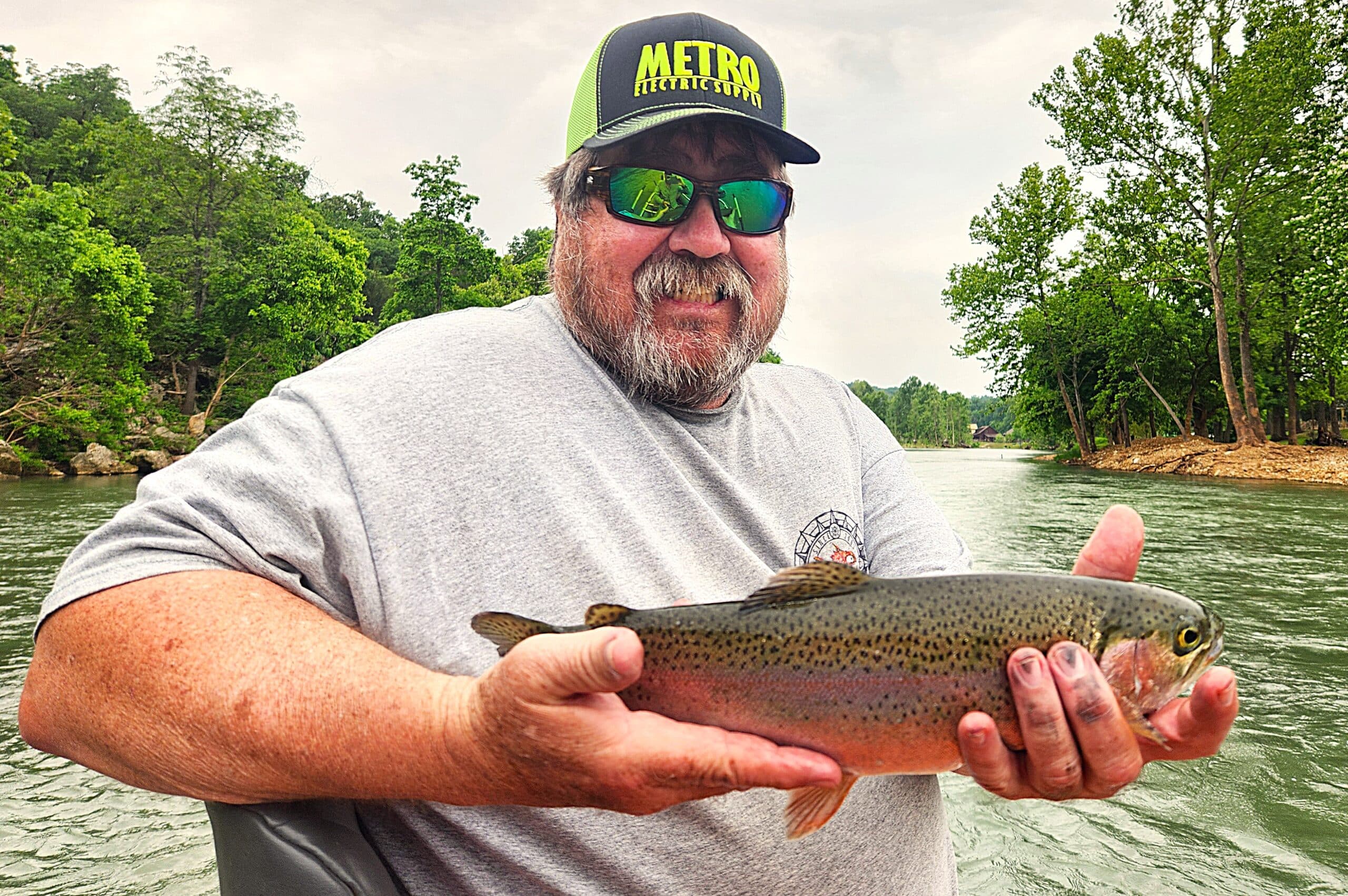
Arkansas Wildlife Weekly Fishing Report
Jun. 26, 2025
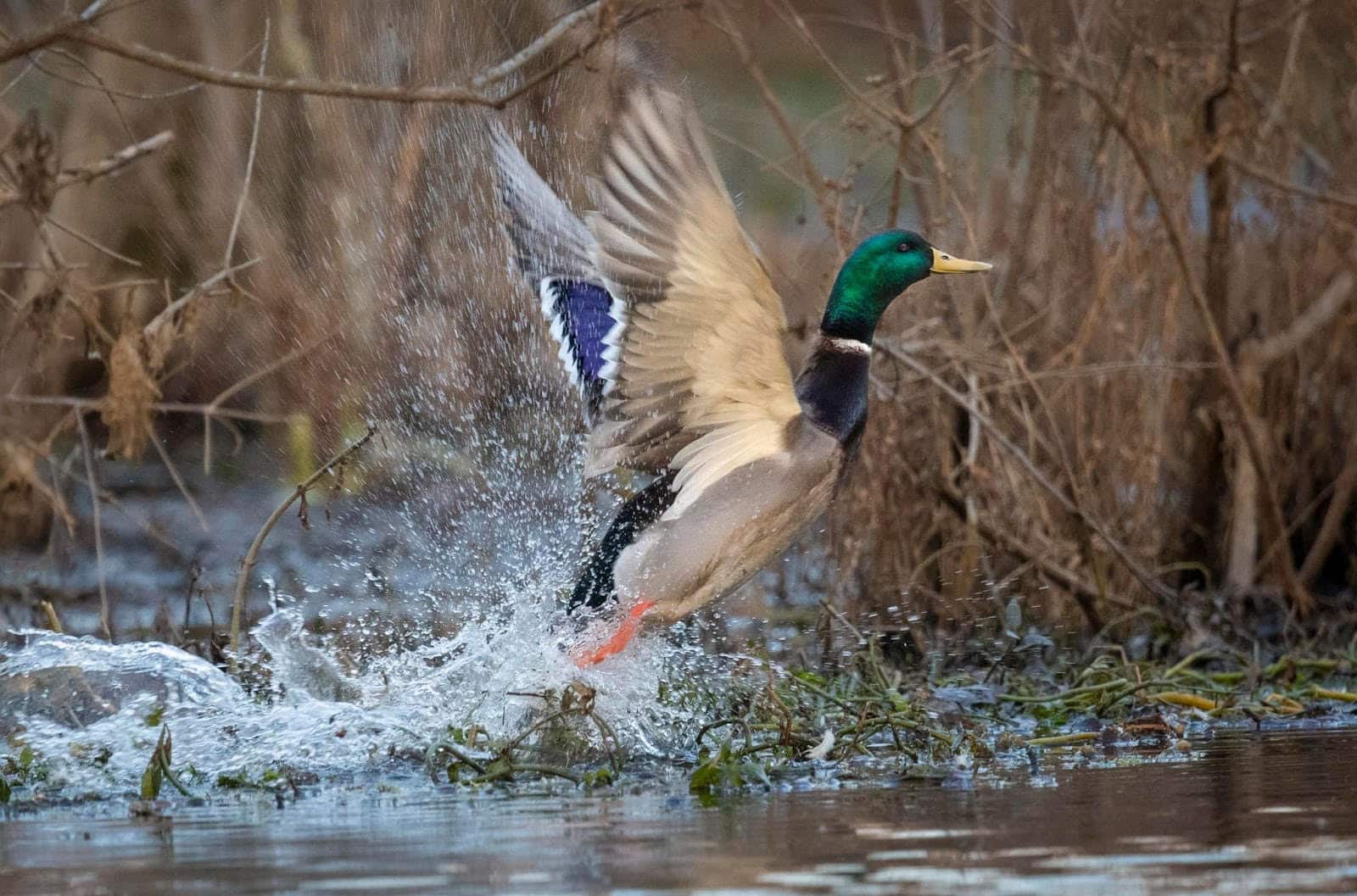
2025-26 Federal Duck Stamp reveal Friday
Jun. 26, 2025
Subscribe to Our Weekly Newsletter E-mails
Don’t miss another issue. Sign up now to receive the AGFC Wildlife Weekly Newsletter in your mailbox every Wednesday afternoon (Waterfowl Reports are published weekly during waterfowl season and periodically outside the season). Fishing Reports arrive on Thursdays. Fill in the following fields and hit submit. Thanks, and welcome!
